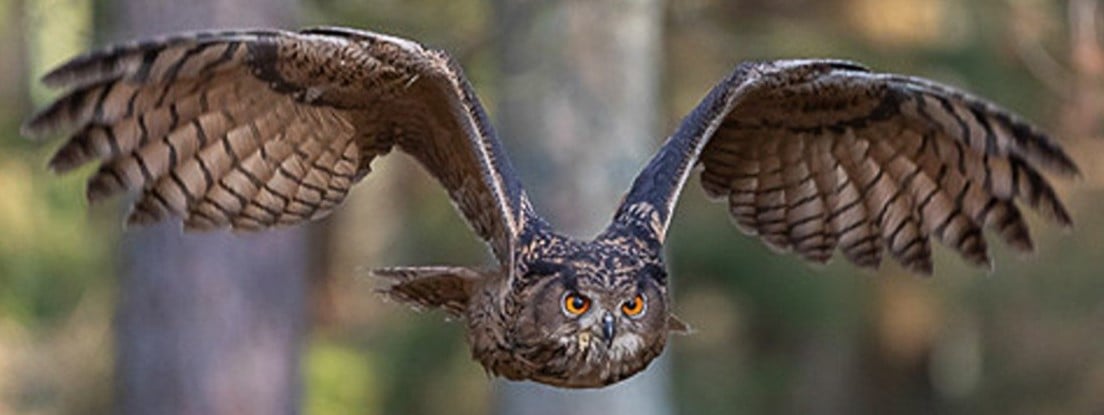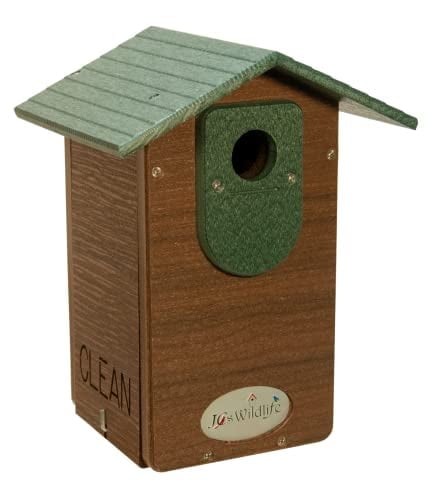There is so much that can go wrong with human-built bird houses. When I was a very young adult, I worked for a retail bird seed store and learned all sorts of things about backyard birds in order to be able to help customers. One of the things I learned was how specific houses needed to be for each type of bird. One of the major risks was that building it incorrectly would make it easier for predators to get at the nest, for instance. It also mattered where you installed it.
Now that I’m in my 40s, jaded and skeptical, I kind of wonder if some of that was all marketing (oh the wren house is different from the bluebird house so maybe you need both?) but the franchise did really seem to have good intentions. We didn’t make most of our money on that stuff anyway. The real money was in the ongoing fancy birdseed purchases.
Anyway, I can totally see why the material of a birdhouse would matter. I wonder how much good man-made birdhouses are in general?

